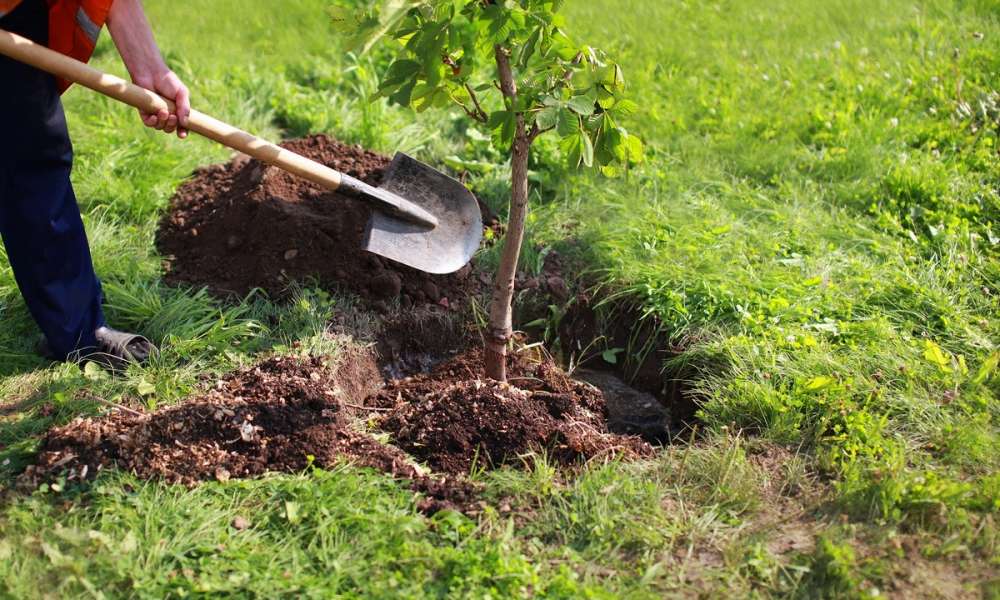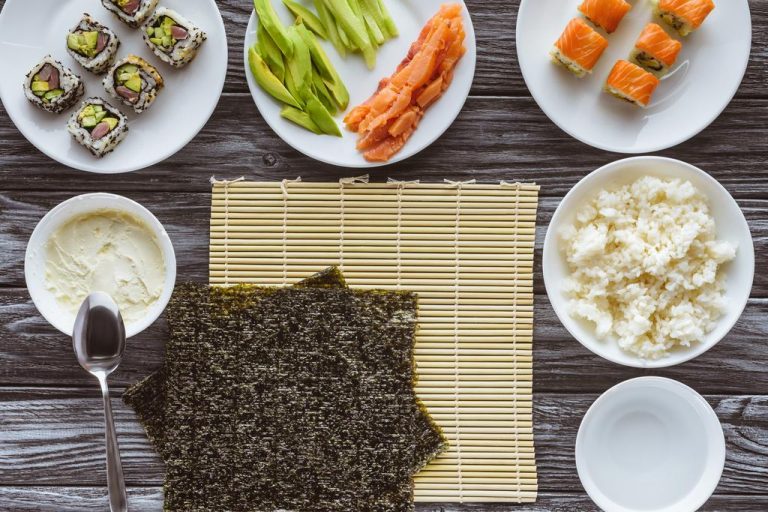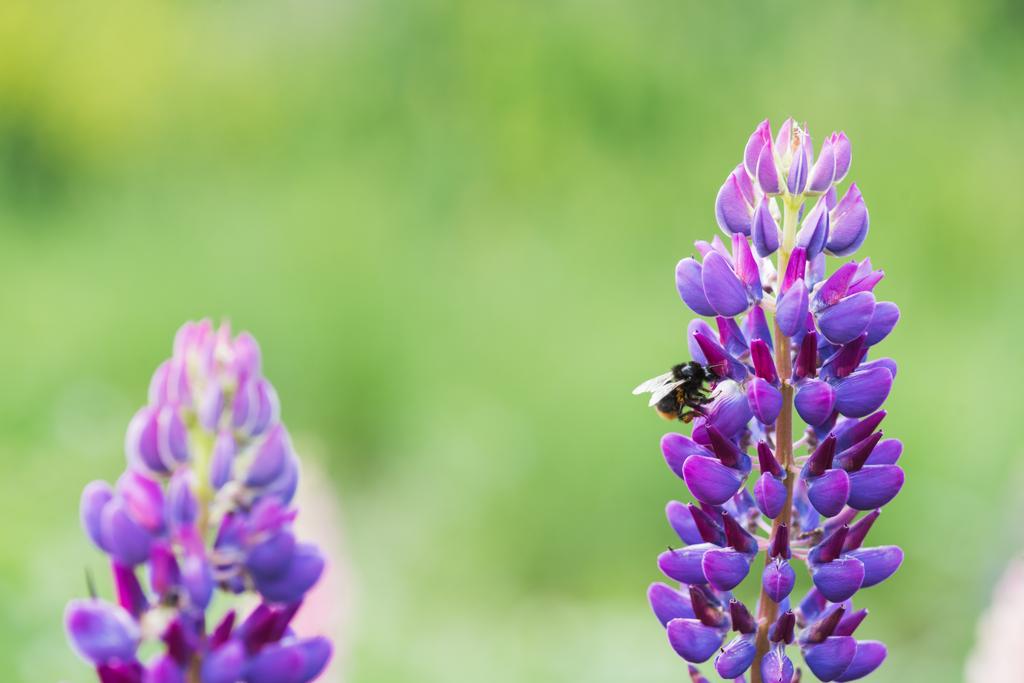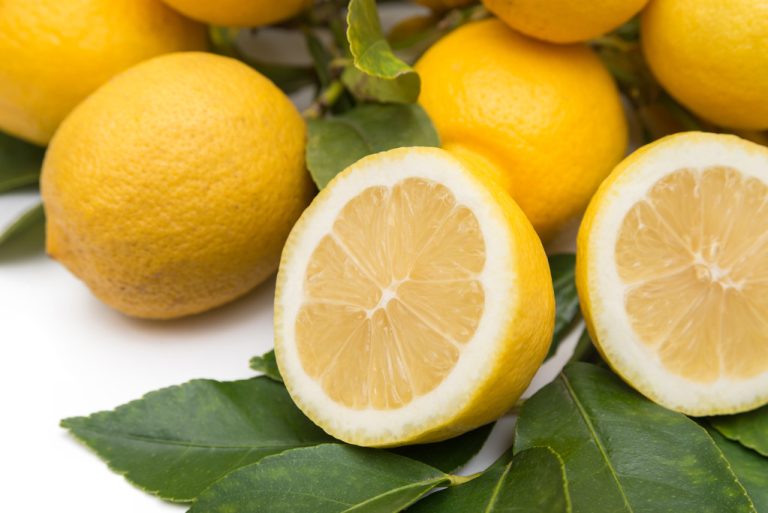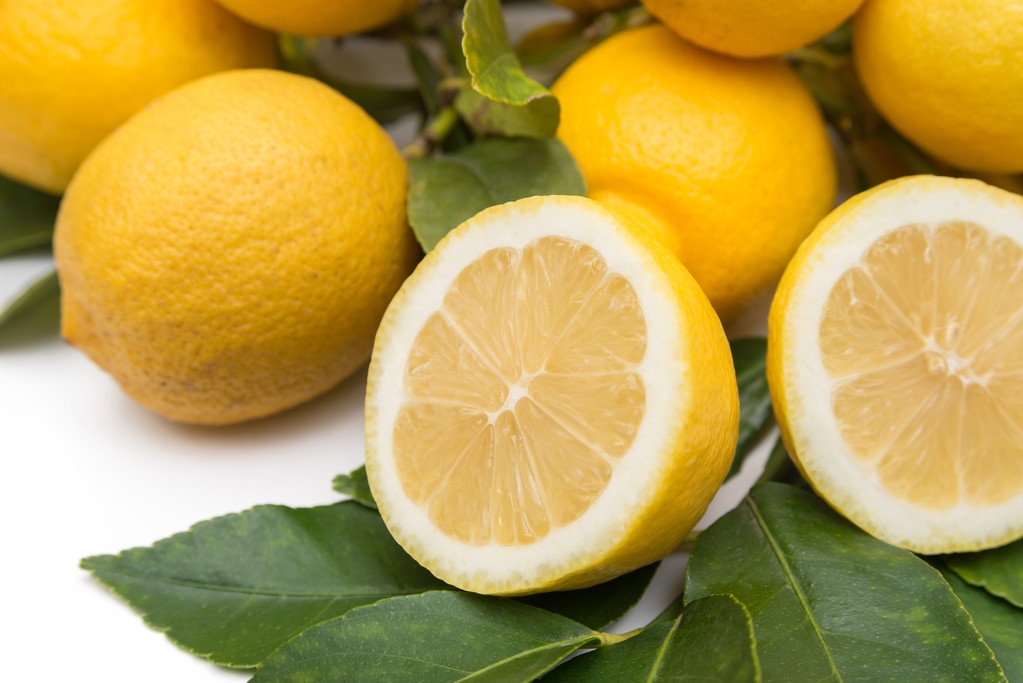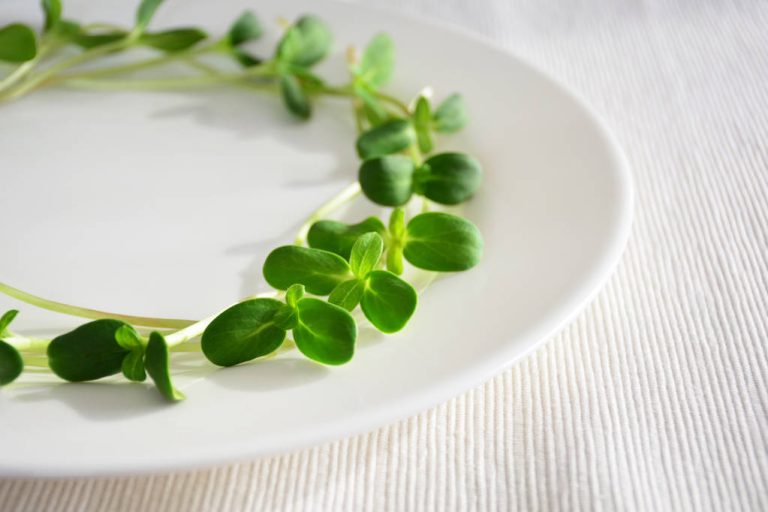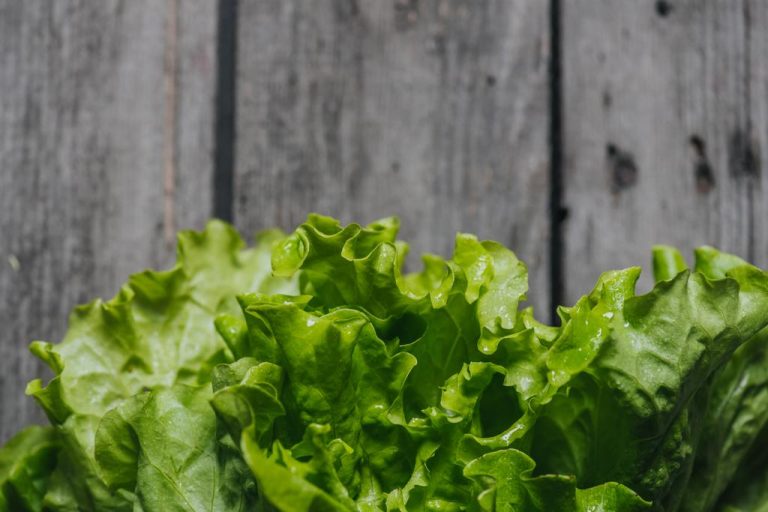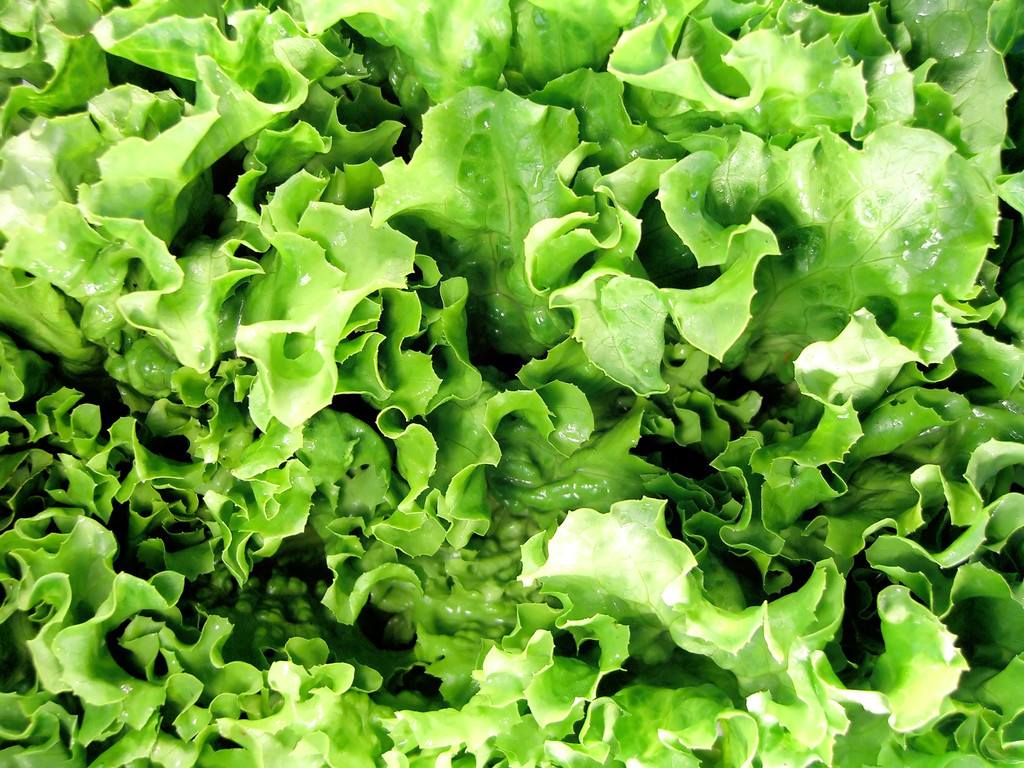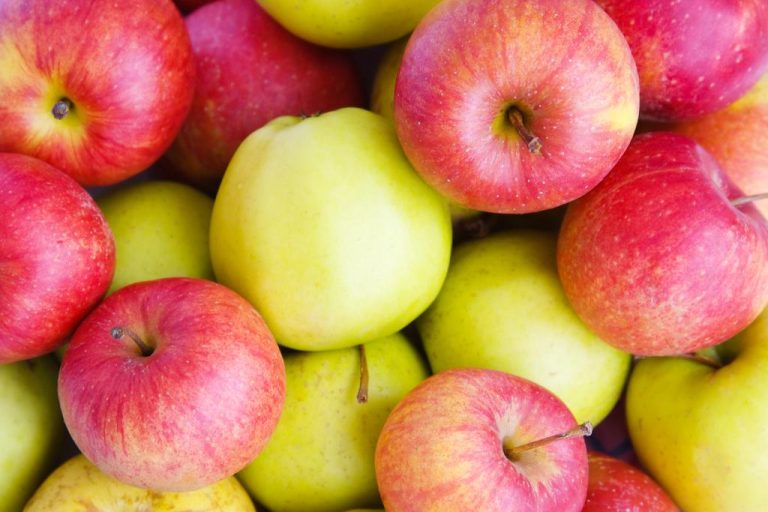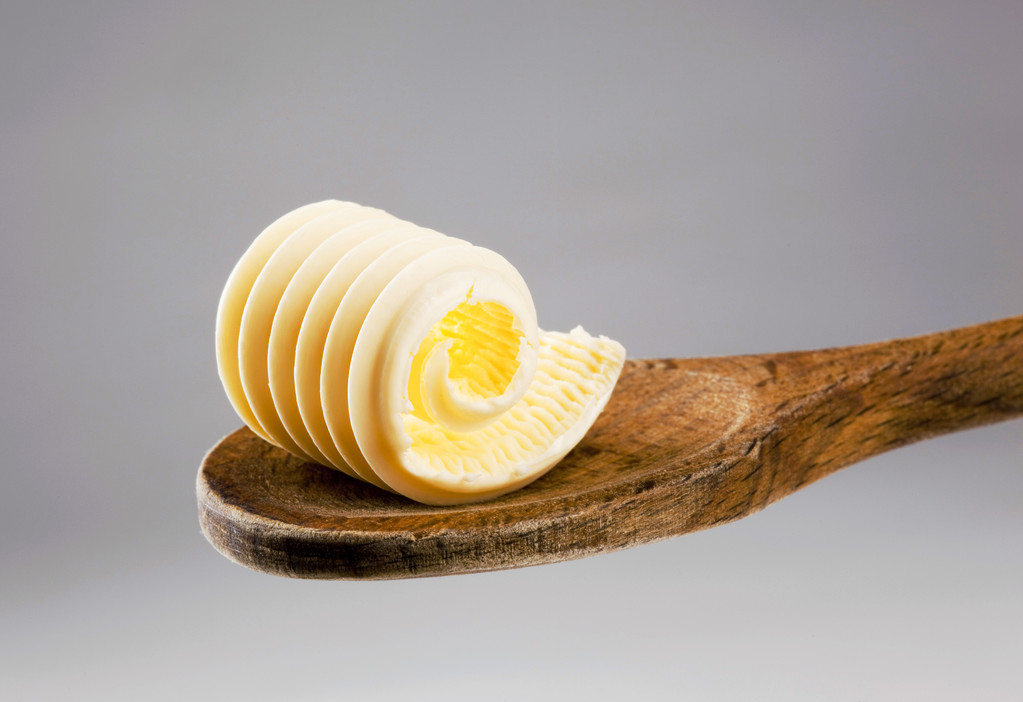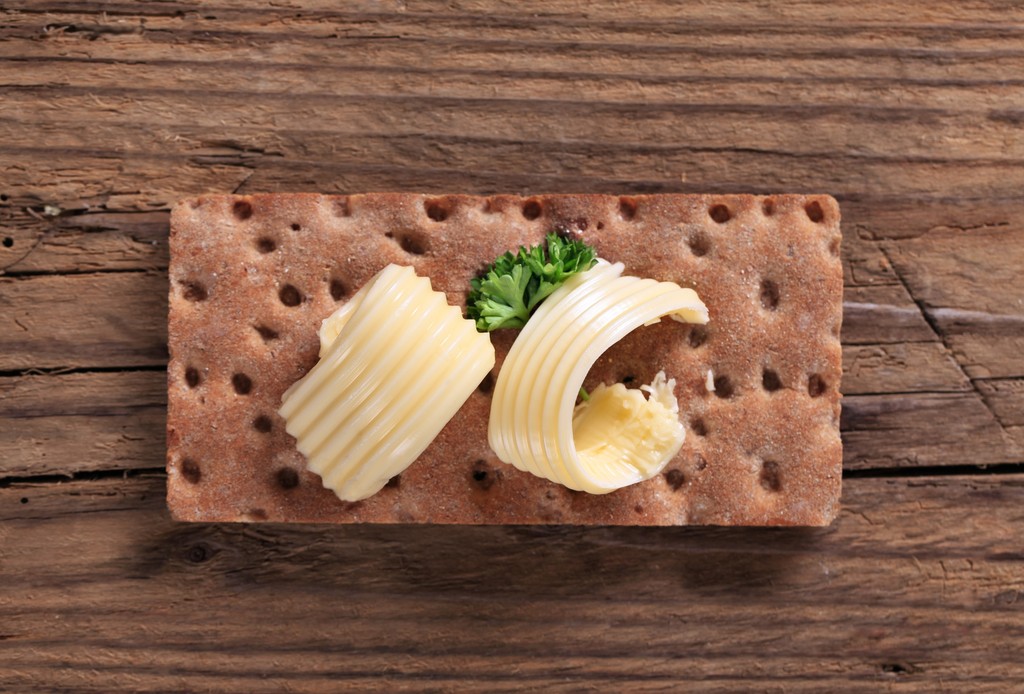Health is more than the absence of disease. According to the WHO definition, someone who is in complete physical, mental and social well-being is considered to be healthy. This article gives you 11 tips on how to get closer to this state through your diet, and another part focuses on exercise and the mind. A first tip in advance: Taking our advice calmly can also contribute to your health.
Avoid sugar as much as possible!

Sugar consumption impairs the performance of the immune system: bacteria, viruses, fungi and other parasites then have an ideal gateway to your body.
Incidentally, it doesn’t matter whether you eat refined white sugar, raw cane sugar or honey. Neither of these sugars is healthier than the other. Brown sugar is colored and whole cane sugar and honey also contain negligible amounts of minerals. In fact, the human organism does not need any additional sugar. Basic foods contain – in the form of carbohydrates – the amount of sugar that the human body needs to function. For everything else, it is true that the body can cope with small amounts, but it quickly becomes too much. The consequences include Tooth decay, obesity, a rapid drop in blood sugar levels and, as a result, a spiral of cravings and more sugar begins. In the worst case, there is a risk of diabetes.
Tip: Also watch out for hidden sugars in finished products. As a rule of thumb, anything ending in – ose is a sugar.
Fasting relieves!
Fasting isn’t just for losing weight. When you temporarily go without food, your body mobilizes its reserves. Toxins are broken down and cells are renewed, and a chain of beneficial biochemical processes is triggered. Fasting has been shown to reduce inflammation, has a rejuvenating, regenerating effect and lowers high blood pressure. A variant of fasting is juice fasting. If a longer fasting cure is too much for you, you can try intermittent fasting. This involves either not eating for 16 hours a day for a short period of time or eating normally for five days and reducing the calorie intake to around 1000 kcal for two days.
Eat local and seasonal!
These two factors often go hand in hand. The advantages are manifold. Regional foods are fully mature, do not have high Co2 emissions under their belt, are less packaged and motivate people to cook fresh. In addition, seasonal foods are often cheaper because there is a lot of the product available at the right time. Last but not least, demand and supply are in synergy with regional food. Nature sets the table exactly as you need it: Fresh wild herbs in spring detoxify and replenish the reserves of vitamins used up in winter, juicy melons and cucumbers quench summer thirst and thanks to the rich harvest in autumn provide the vitamin reserves for the barren winter. Numerous winter vegetables provide a high dose of vitamin C. Such a life in harmony with nature ensures your health and wholeness.
Cook yourself!
Industrially manufactured finished / convenience products fool us into thinking that we save a lot of time when we use them. The truth is, it’s possible to cook a simple, delicious meal in half an hour. Ready meals contain too much fat, too much sugar, artificial flavors, preservatives, and other additives that can harm you. They are also poorer in vitamins than fresh food. Cooking for yourself promotes your mindfulness and your connection to the environment.
5. Eat a lot of raw food!
….but not exclusively. Raw fruit and vegetables contain the full amount of the plant’s vitamins, minerals, fiber and secondary plant substances such as carotenoids and flavonoids. These are considered important antioxidants. With a pure raw food diet, it can happen that you take in too little fat, which is essential for the utilization of vitamins A and K, so keep it in moderation.
6. Eat sprouts and wild herbs!
Sprouts contain all the boost of vitamins and minerals needed to grow and mature a plant. You can take advantage of this concentrated concentration of life force. Wild herbs offer a similar density of vital substances. They are mostly archetypes of our conventional vegetables, which are bred more for size and ease of processing and have lost their taste and nutrients over the centuries.
7. Avoid animal proteins and eat plant-based foods!
Animal amino acids from meat, fish, milk and egg are more similar to human protein and are therefore easier to digest and absorb. At first glance, this seems more efficient. However, animal proteins have the disadvantage that we take in a lot of saturated fats and cholesterol with them, which are unhealthy. Studies show that replacing animal with vegetable variants can prevent heart and circulatory diseases, cancer, as well as obesity and diabetes. Vegetable proteins are found in legumes such as beans, peas or lentils, as well as in wheat germ such as barley grass.
8. Drink enough!
Adequate intake of fluids is of course also part of the meal. The drinking recommendation of the German Society for Nutrition is two to three liters of water for a healthy adult. It is not recommended to drink more because the water then flushes valuable minerals out of the body. Anyone who drinks a glass of lemon water or a spoonful of Oxymel dissolved in a glass of water in the morning does something for their metabolism or specifically for their health. Many people swear by juice-based fasts. This is where the health benefits of fruits and vegetables come back to the table. But be careful with tempting juices and smoothies from the supermarket shelf. Not everything that is there contains 100% fruit or vegetables. Watch out for added sugars and flavorings. Even without added sugar, there is usually a high proportion of natural fructose here.
Many tasty herbal teas can support your drinking habits or be used for medicinal purposes.
9. Avoid alcohol, nicotine, and caffeine
All right, it’s not news. Nevertheless: All three contain cell and nerve toxins and have a harmful effect on your organism. They weaken your immune system, put a strain on your liver, nervous system and kidneys. Think about why you need these stimulants and find other ways to relax, be relieved, rested, or motivated.
10. Take control of your own food!
The beauty is that by tending to your harvest yourself, you can take care of many of the above points. Gardening is a healthy way to exercise outdoors. It’s a good feeling to be out in the fresh air, to have more autonomy over what you eat and to know under what conditions the food that later ends up on your plate was grown. You don’t have to be self-sufficient to do this. If you don’t have your own garden, a spot on the sunny windowsill will suffice. There you can grow tasty herbs or crunchy sprouts. Cool cellars are suitable for allowing aromatic edible mushrooms to sprout. If you want to go even deeper but don’t have your own garden, you can rent an allotment garden or a meine ernte vegetable garden. In some cities there are also community gardens and garden projects in which several parties work together. It’s fun and the workload and experiences are shared. No matter how much you can and want to devote yourself to growing food, each step creates a bridge between you and the environment in which you live.
11. Keep it up!

The state of research is also changing rapidly in relation to nutrition. Reading articles about nutrition from time to time refreshes your own motivation to keep the topic of health in your hands. Trying out different foods, dishes, ingredients and preparation techniques is fun, encourages a varied diet and boosts your creativity. Have you ever dried fruit or fermented vegetables?
